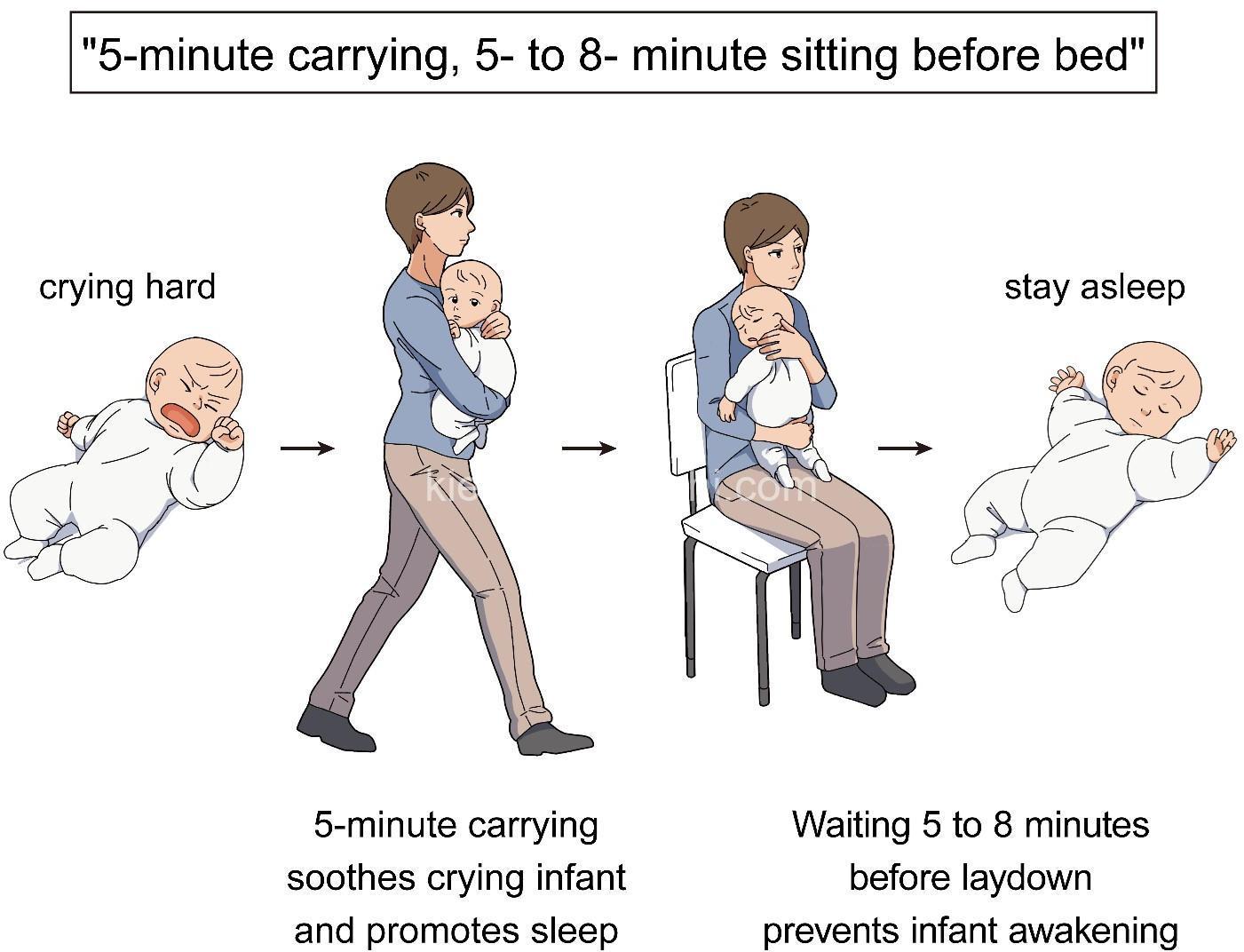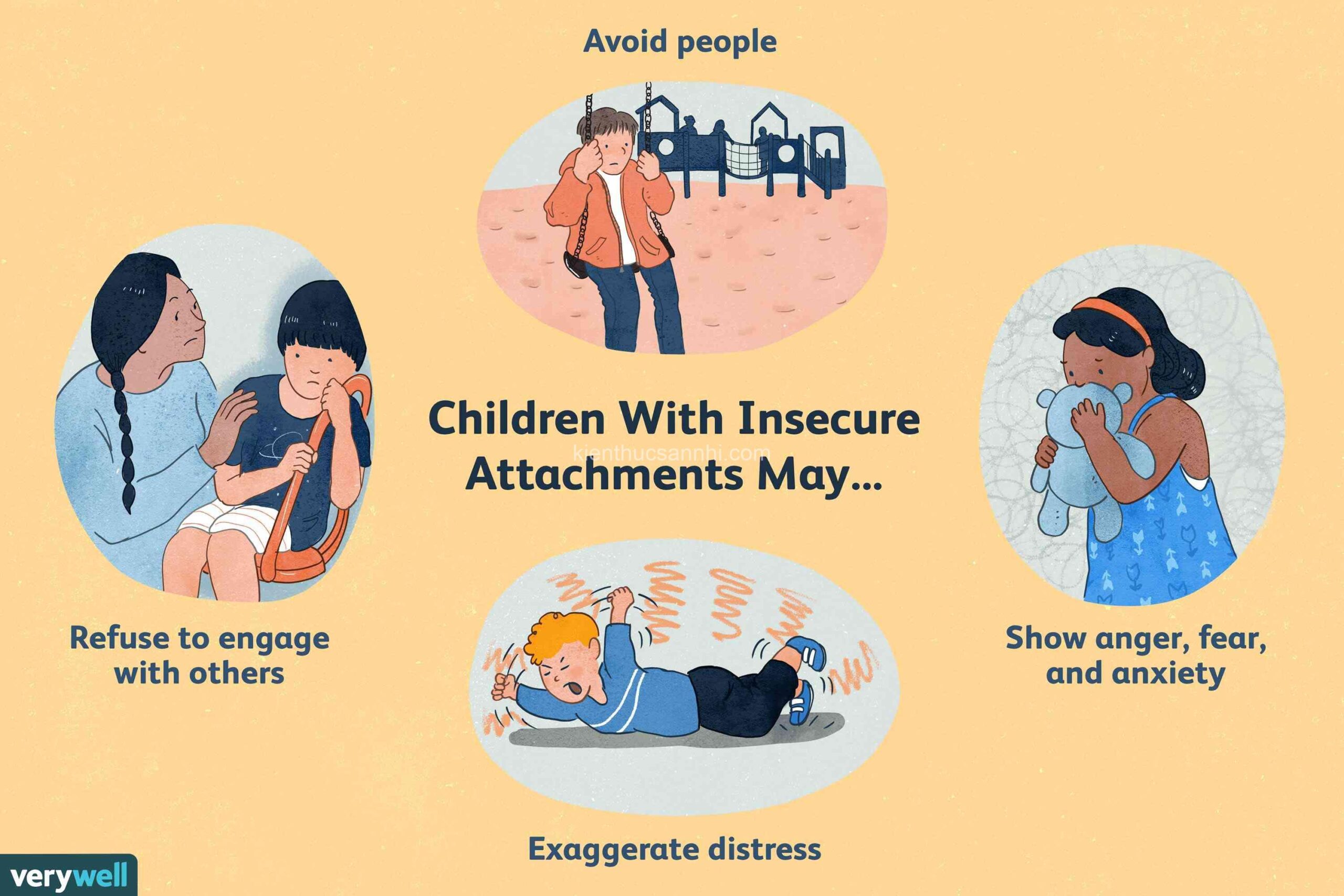
Soothe Crying Baby: Understanding & Effective Techniques. In today’s article, kienthucsannhi.com will explore with you in the most detailed and complete way. See now!
Understanding Why Your Baby is Crying
Every baby cries, it’s a natural way for them to communicate their needs. Understanding the reason behind their cries is crucial for providing the right kind of comfort. Babies cry for a variety of reasons, including:
- Basic needs: Hunger is a common reason for crying, as babies need to eat frequently. A wet diaper can also cause discomfort and lead to crying. Fatigue is another factor, as babies need adequate sleep. Discomfort from things like too much or too little clothing, cold or hot temperatures, or tight clothing can also trigger crying.
- Emotional needs: Overstimulation from loud noises, bright lights, or too much activity can overwhelm a baby. Boredom can also lead to crying, as babies need engaging activities. Separation anxiety is common in babies, and they may cry when separated from their caregivers.
- Medical reasons: Illness can manifest as crying. Colic is a condition that causes prolonged crying in babies, often with no apparent reason. Gas and reflux can also cause discomfort and lead to crying.
Identifying the cause of your baby’s crying can be tricky, but there are some things you can do to figure it out:
- Pay attention to your baby’s cues: Observe your baby’s body language, facial expressions, and any sounds they make.
- Keep a baby journal: Track your baby’s feeding times, diaper changes, sleep patterns, and any other relevant information. This can help you identify patterns in crying.

Soothing Strategies: Addressing Basic Needs
Once you’ve identified the potential cause of your baby’s crying, you can start addressing it. Here are some strategies for addressing basic needs:
- Feeding: Ensure your baby is well-fed. Breastfeeding or bottle feeding can often soothe a crying baby, especially if they are hungry.
- Diaper changes: Regular diaper changes are crucial for a baby’s comfort. Use appropriate diapers and wipes to prevent skin irritation.
- Comfort: Make sure your baby is comfortable. Adjust their clothing as needed, and make sure the room temperature is appropriate.
- Sleep: Establish a consistent sleep routine for your baby. Recognize signs of fatigue like rubbing eyes, yawning, or becoming fussy.
Soothing Strategies: Calming a Crying Baby
Sometimes, even after addressing basic needs, your baby may continue to cry. Here are some soothing techniques to try:
- Swaddling: Swaddling can create a sense of security and warmth for a baby, mimicking the feeling of being held in the womb. Wrap your baby snugly in a swaddle blanket, ensuring their hips are not restricted.
- White noise: White noise can help to create a calming environment for a baby, mimicking the womb sounds they are used to. Use a white noise machine, app, or even a fan to create a soothing background noise.
- Rocking and Bouncing: Rhythmic motion can be very calming for babies. Try rocking your baby in a rocking chair, bouncing them in your arms, or using a baby carrier.
- Warm bath: A warm bath can be relaxing for both you and your baby. Use lukewarm water, and ensure the bathroom is warm and safe.
Soothing Strategies: Emotional Connection and Comfort
Beyond addressing basic needs and providing physical comfort, it’s crucial to establish an emotional connection with your baby. Here are some techniques to try:
- Holding: Holding your baby close can provide a sense of security and comfort. Skin-to-skin contact is particularly effective, as it releases oxytocin, a hormone that promotes bonding.
- Singing or Talking Softly: Your calming voice can be soothing to your baby. Sing a lullaby, talk softly, or even hum a tune. The familiar rhythm can be comforting.
- Massage: A gentle massage can help to relax your baby and release tension. Use warm oil, and focus on gentle strokes.
- Walking: Gentle movement can help to distract and soothe a baby. Try walking around the room or taking a short walk outside.
- Creating a Calm Environment: Reduce noise levels and dim the lights to create a calming and peaceful environment for your baby.
Dealing with Colic, Gas, and Reflux
Some babies experience additional challenges that can cause crying. Colic, gas, and reflux are common conditions that can be particularly difficult for both parents and babies.
- Colic: Colic is a condition that causes prolonged crying in babies, often with no apparent reason. It is usually characterized by crying episodes that last for several hours each day, for several weeks. While there is no one-size-fits-all solution for colic, some parents find that swaddling, white noise, and rocking can help to soothe their babies.
- Gas: Gas can cause discomfort and pain in babies. Burping after feeding can help to release trapped gas. Tummy massage and bicycle leg movements can also be helpful.
- Reflux: Reflux occurs when stomach acid flows back up into the esophagus. Feeding positions can help to prevent reflux, such as keeping your baby upright for at least 30 minutes after feeding. Smaller feedings and thickened formulas can also be beneficial.
When to Seek Professional Help
While most crying is normal, there are times when it’s essential to seek professional help. Here are some warning signs that you should contact your doctor:
- Persistent crying: If your baby cries inconsolably for long periods, it could indicate a medical problem.
- Changes in behavior: If your baby suddenly becomes lethargic, has difficulty breathing, or experiences changes in feeding patterns, it’s important to seek medical attention.
- Concerning symptoms: If your baby has any other concerning symptoms, such as fever, vomiting, diarrhea, or rash, contact your doctor immediately.
Remember, You Are Not Alone
Being a new parent can be overwhelming, especially when your baby is crying. Remember, you are not alone.
- The emotional toll on parents: It’s natural to feel stressed and exhausted when dealing with a crying baby. Take breaks when you need them and remember to take care of yourself.
- Self-care practices: Make time for activities you enjoy, even if it’s just for a few minutes each day. Ask for help from your partner, family, or friends.
- Seeking support: Don’t hesitate to reach out to other parents, family, or support groups. They can offer guidance, encouragement, and a listening ear.
FAQs about Soothing a Crying Baby
What are the most common reasons why babies cry?
Babies cry for a variety of reasons, including hunger, a wet diaper, fatigue, discomfort, overstimulation, boredom, separation anxiety, illness, colic, gas, and reflux.
How can I tell if my baby is crying because of colic?
Colic is characterized by prolonged crying episodes that last for several hours each day, for several weeks. It often occurs in the late afternoon or evening and may be accompanied by drawing up of the legs, clenching of fists, and facial grimacing.
What are some ways to soothe a baby with gas?
Burping after feeding can help release trapped gas. Tummy massage and bicycle leg movements can also be helpful.
What should I do if my baby has reflux?
Try keeping your baby upright for at least 30 minutes after feeding. You can also try smaller feedings and thickened formulas.
When should I contact a doctor about my baby’s crying?
You should contact a doctor if your baby cries inconsolably for long periods, experiences changes in behavior, or has other concerning symptoms, such as fever, vomiting, diarrhea, or rash.
Conclusion
Learning to soothe a crying baby takes time and patience. Remember, every baby is different, and what works for one baby may not work for another. By understanding the potential causes of crying and trying different techniques, you can find what works best for your baby.
For more information and resources on baby care, visit kienthucsannhi.com. Connect with other parents, share your experiences, and leave a comment below.
Author: Michael David Smith





